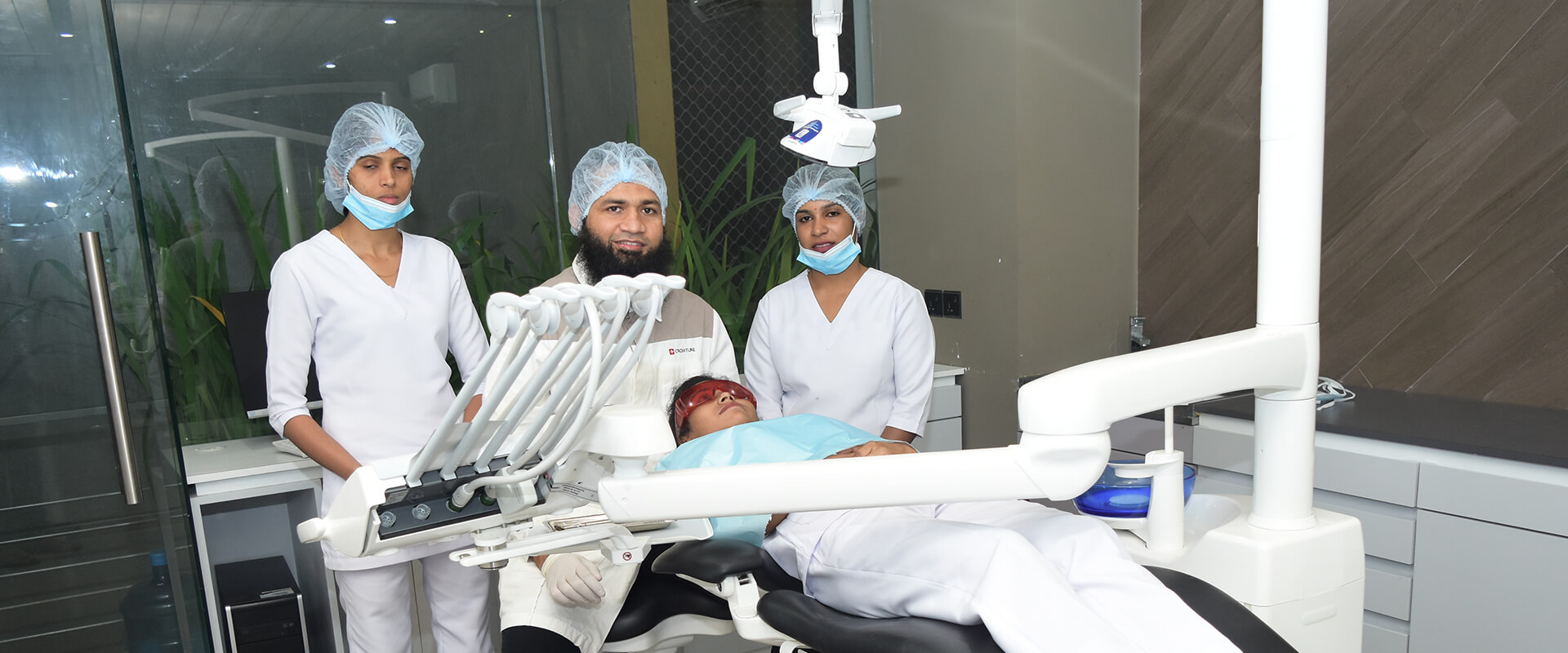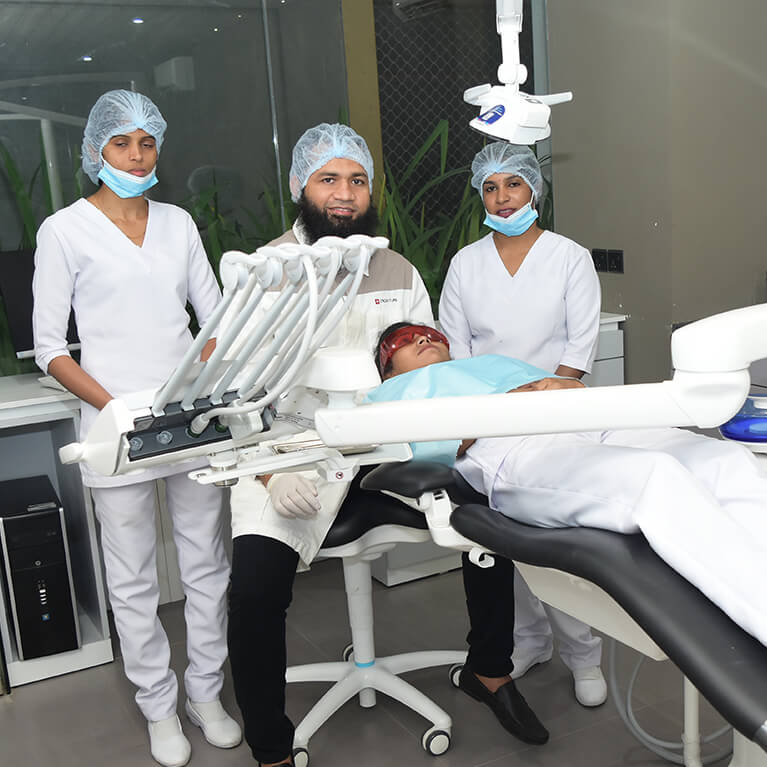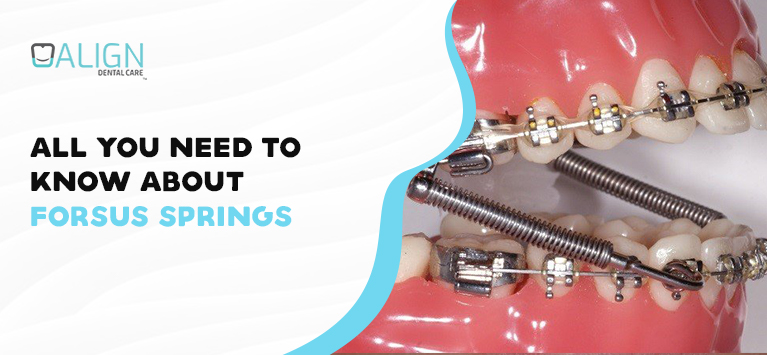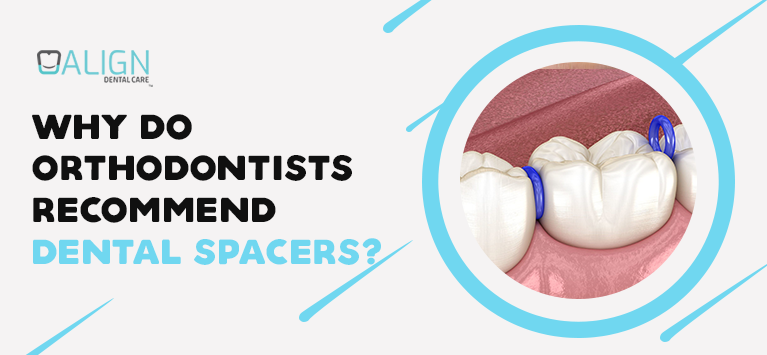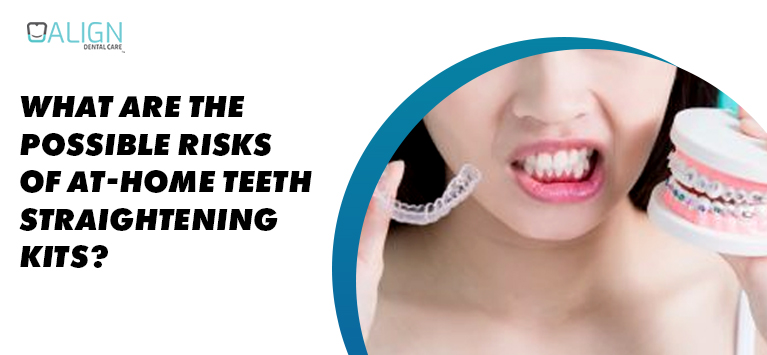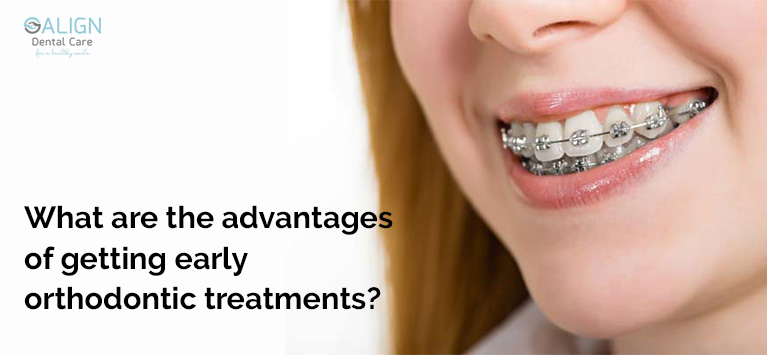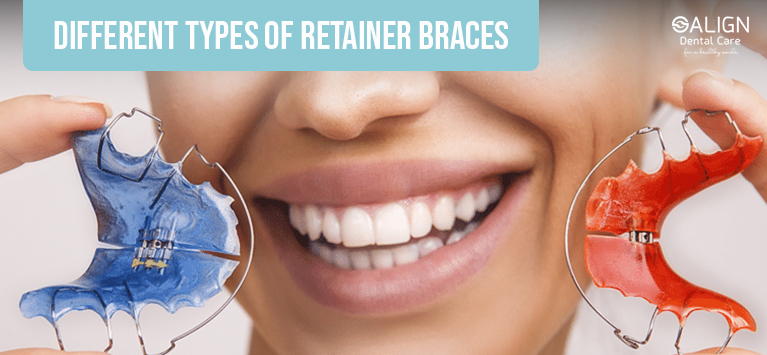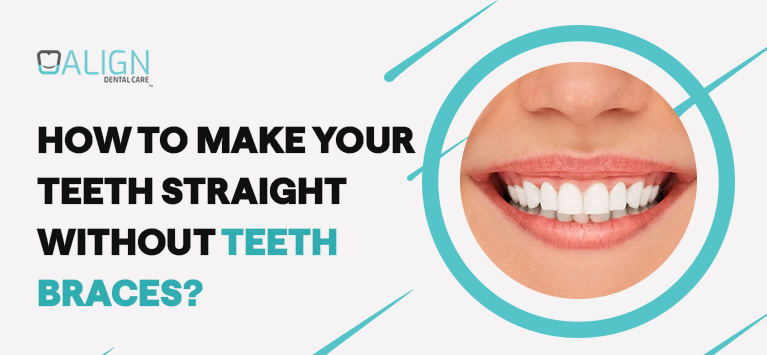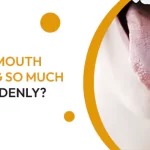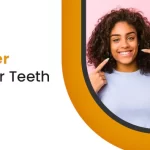Braces are not the only way to achieve a straighter smile. Depending on your specific condition, there are other options besides braces to consider. Even though braces have shown to be very effective, they may not be needed to fix some oral conditions.
It is important to note that while you may be looking for ways to straighten teeth without braces at home, taking orthodontic care into your own hands without consulting a dentist is not safe or effective. An orthodontist can help you to find the right treatments and devices to safely and efficiently realign your teeth. Some options your orthodontist recommends may include:
1) Retainers
Fixed retainers, such as bonded lingual retainers, are attached with dental cement to the inner surface of the teeth to prevent them from shifting over time, which helps correct the patient’s bite and straighten teeth. A fixed retainer is a good long-term solution, but unfortunately you can’t remove it yourself for relief or repair. The most well known is the Hawley retainer. This is a customized, removable device made of a combination of acrylic and metal wires. These retainers may be noticeable when you wear them, but are removable to eat or brush your teeth. Removable retainers are ideal for those trying to correct their smile’s appearance, because you can remove them for special events or occasional relief. But they’re easy to lose so it’s not uncommon for little ones to leave retainers on lunch trays – and expensive to replace.
2) Appliances
These devices are typically used to straighten teeth by correcting jaw imperfections that have contributed to the malocclusion. These appliances tend to be highly conspicuous and take time for results to be seen. To correct malocclusion, you can get a device called the Herbst appliance. This allows the lower jaw to develop in a forward direction to correct the bite, resulting in the upper and lower jaw eventually meeting. This appliance has a metal extension that attaches to the back molars to connect the upper and lower jaws. Headgear is another appliance used to straighten teeth without braces. Protruding upper teeth in children may mean an excessive overbite, which can be corrected with headgear. The appliance places pressure against the child’s upper teeth and jaw, which moves both the jaw and teeth into position simultaneously.
3) Expanders
If you have an underdeveloped palate or narrow upper jaw, this can be fixed with an expander. An expander widens your palate to create the space your teeth need to shift into the correct place. A narrow palate can be fixed with a palatal expander to widen the arch of the upper teeth. The way an expander works is pretty simple. First, the expander is attached to the upper molars with dental cement. Then, an orthodontist uses a special key to turn a screw in the center, adding gradual pressure on both sides of the upper jaw. Expanders are mostly invisible, but patients can experience minimal discomfort each time it’s adjusted.
4) Invisalign
Invisible aligners is one of the easiest ways to straighten teeth without braces. It uses a series of clear plastic aligners to slowly reposition your teeth. The custom-made aligners are removable and work quickly and discreetly to straighten your smile.
5) Veneers
Veneers are a popular cosmetic dentistry treatment that can improve the appearance of a person’s smile. Veneers are custom-made for each patient and carefully shaped to match their unique tooth structure. They can help make crooked teeth appear straighter without the need for braces or other orthodontic treatments. Additionally, Veneers can correct various dental issues, including chips, cracks, and stains.





